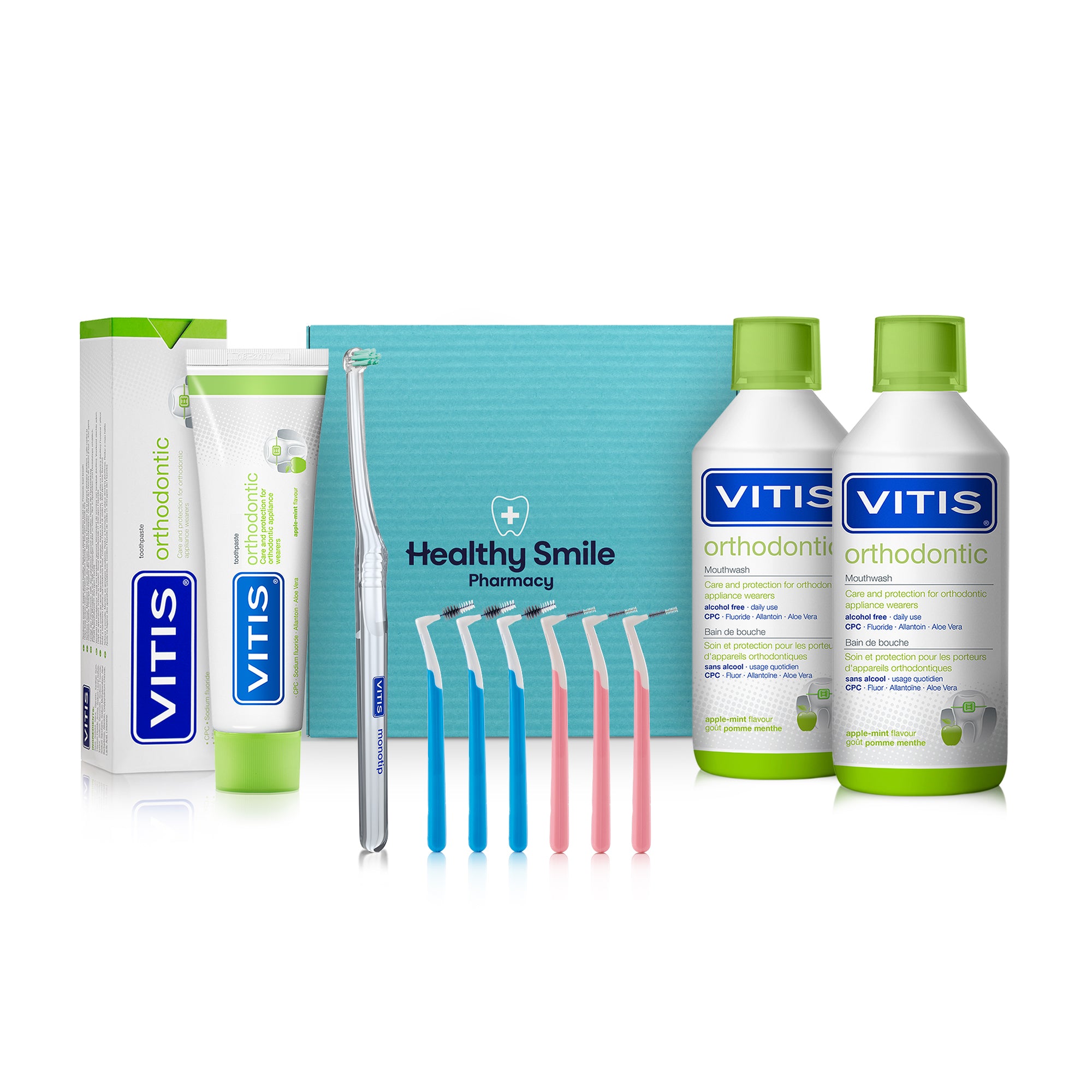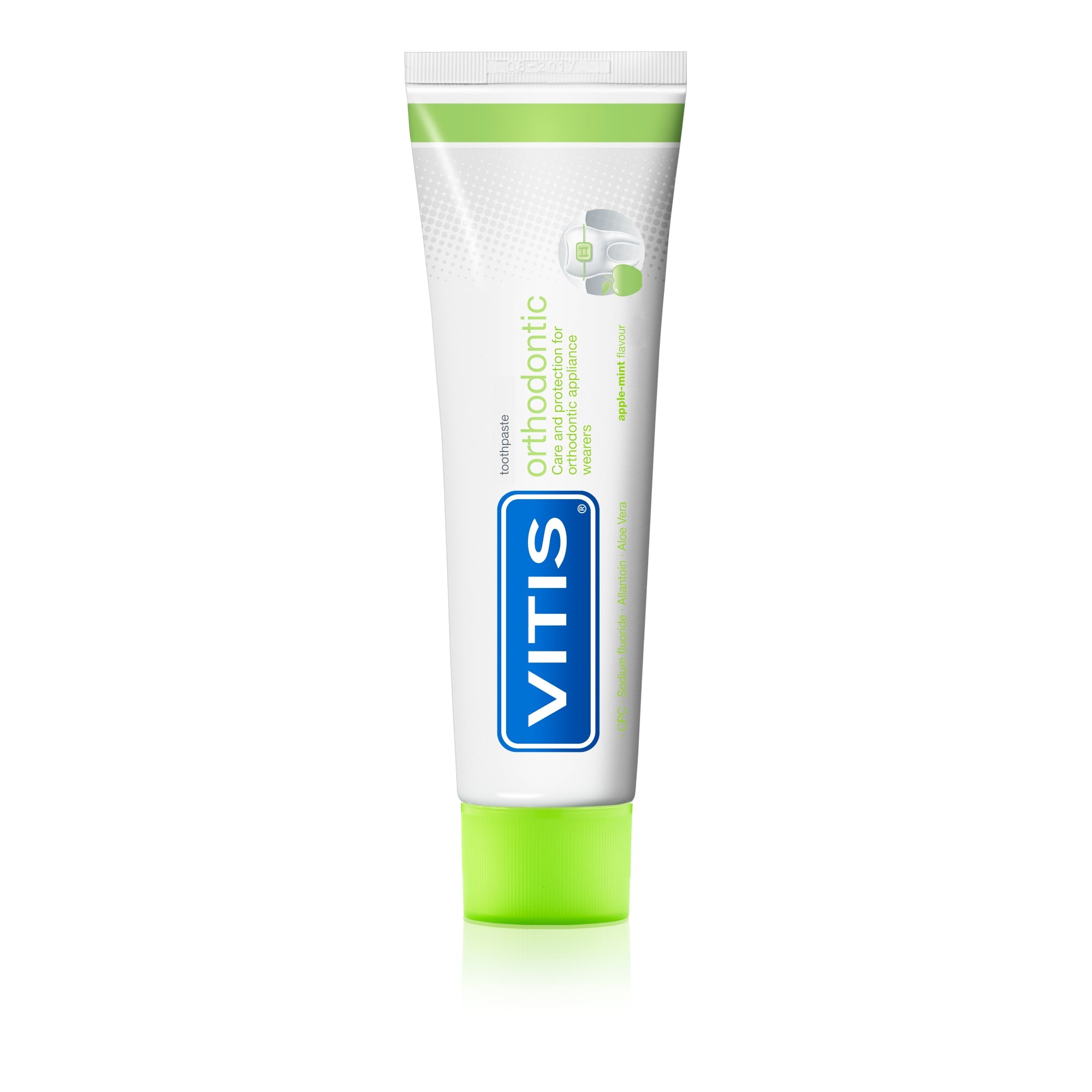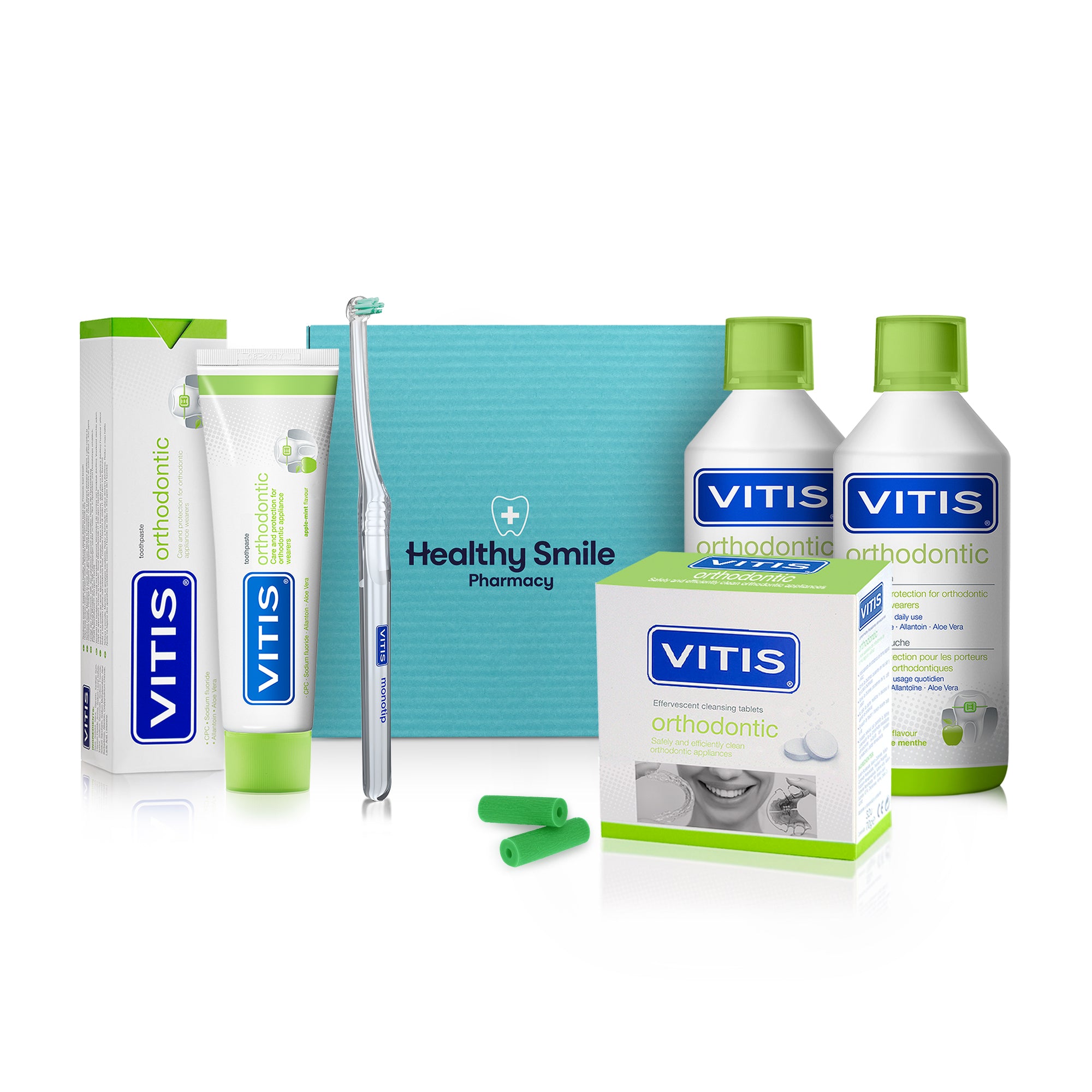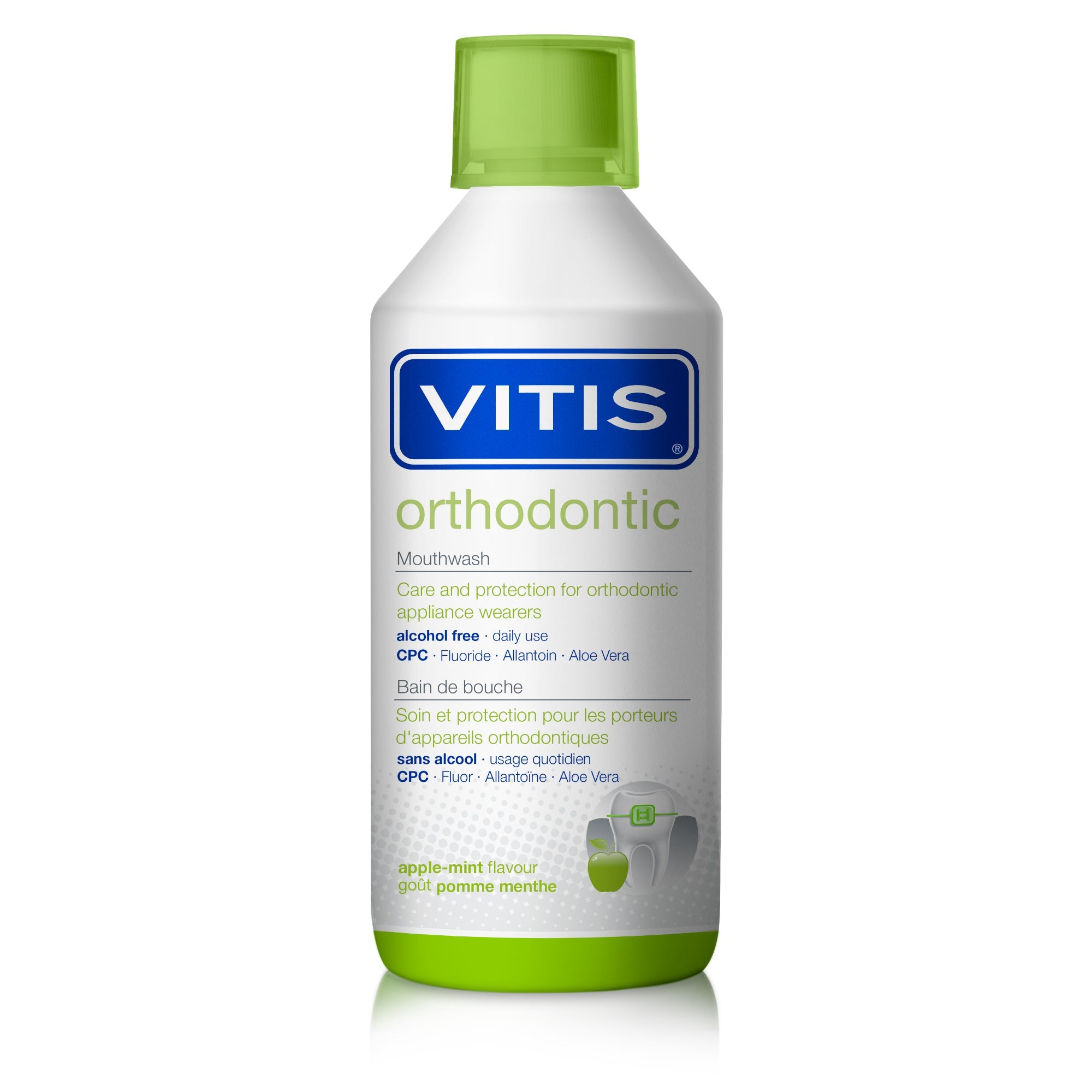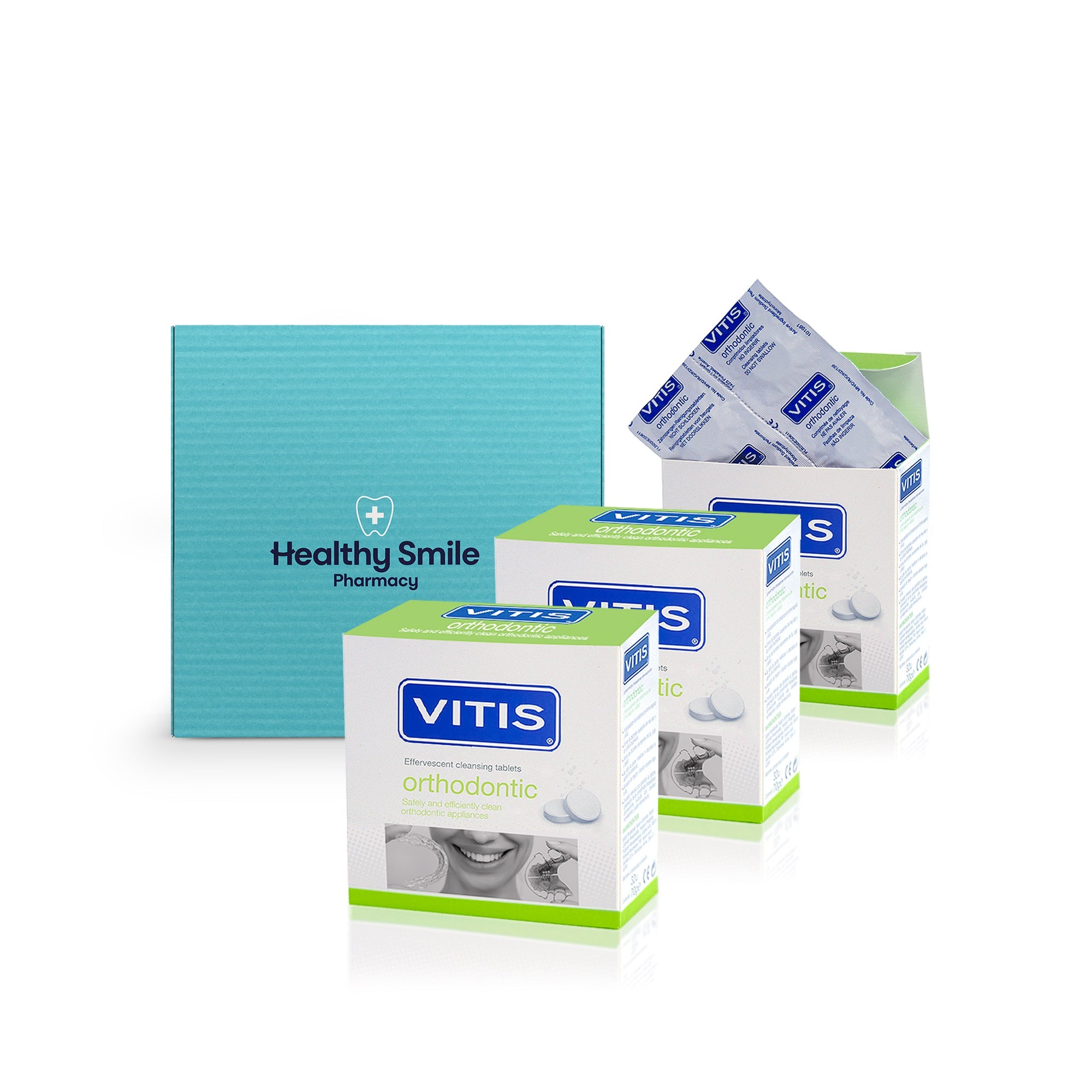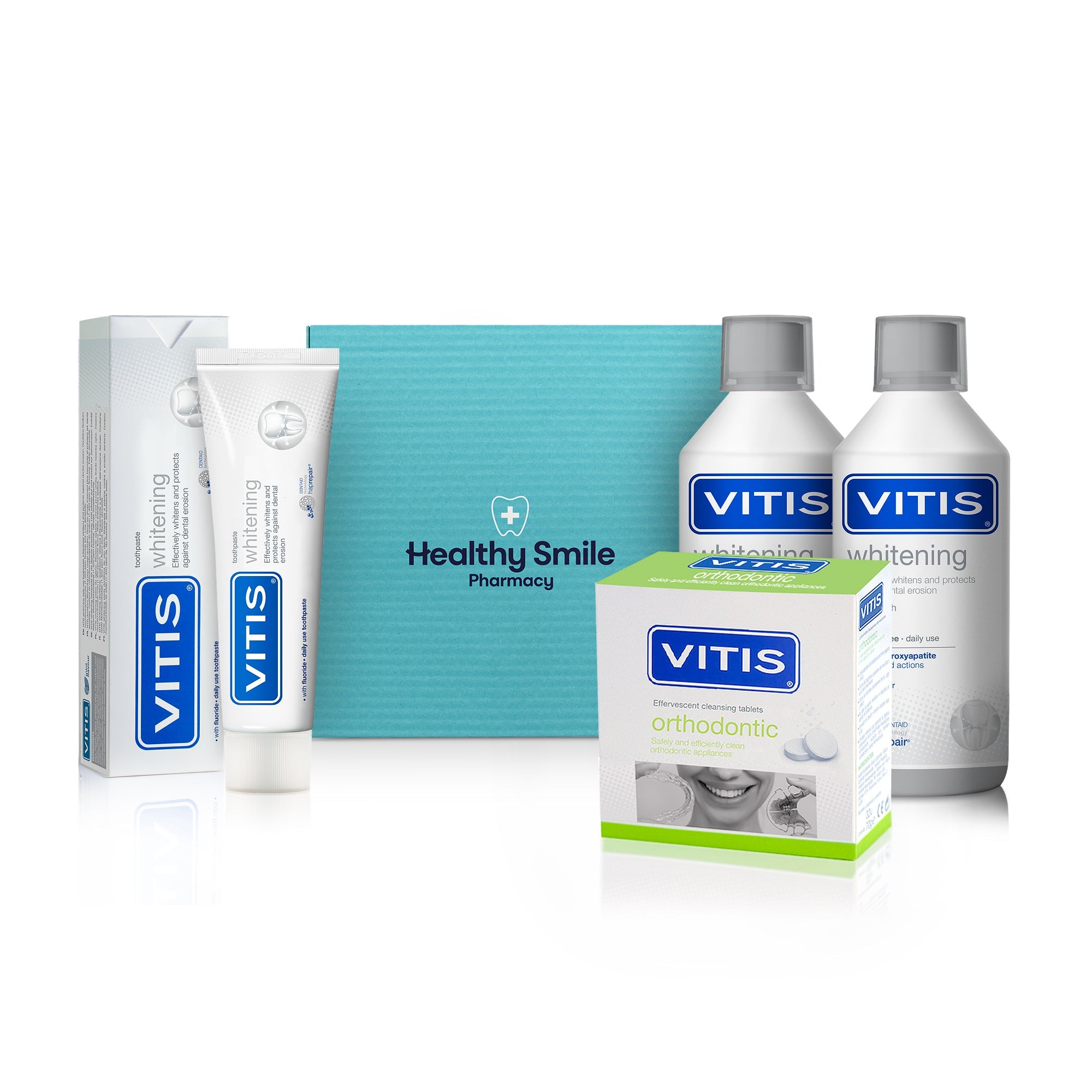Day & night relief from dry mouth! Let XyliMelts moisturise and bring relief to your dry mouth! Shop Now
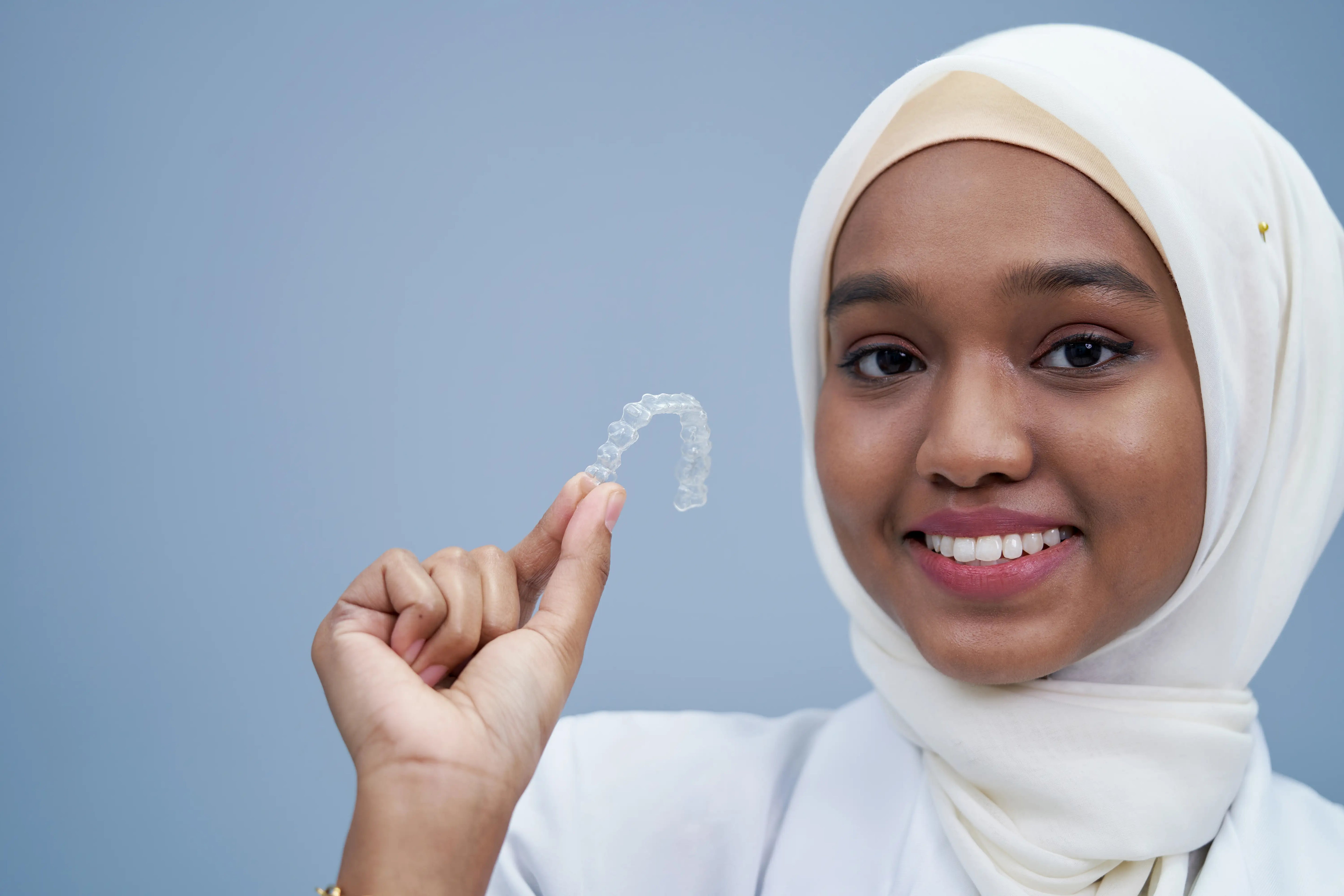
Why Are Your Teeth Moving at Different Speeds in Aligners?
Stuck in delays or enjoying the fast track?
Moving teeth in aligners isn’t a high-octane sport!
By now you’ve noticed this teeth straightening lark isn’t a fast process. It’s definitely not a case of blink and you’ll miss it, more a case of blink a billion times and that molar might budge a millimetre, if you’re lucky, and the stars are aligned in the correct constellation ...
Then there are those other times when teeth leap into position prontissimo. You line up your next tray, loving that one incisor that understood the assignment!
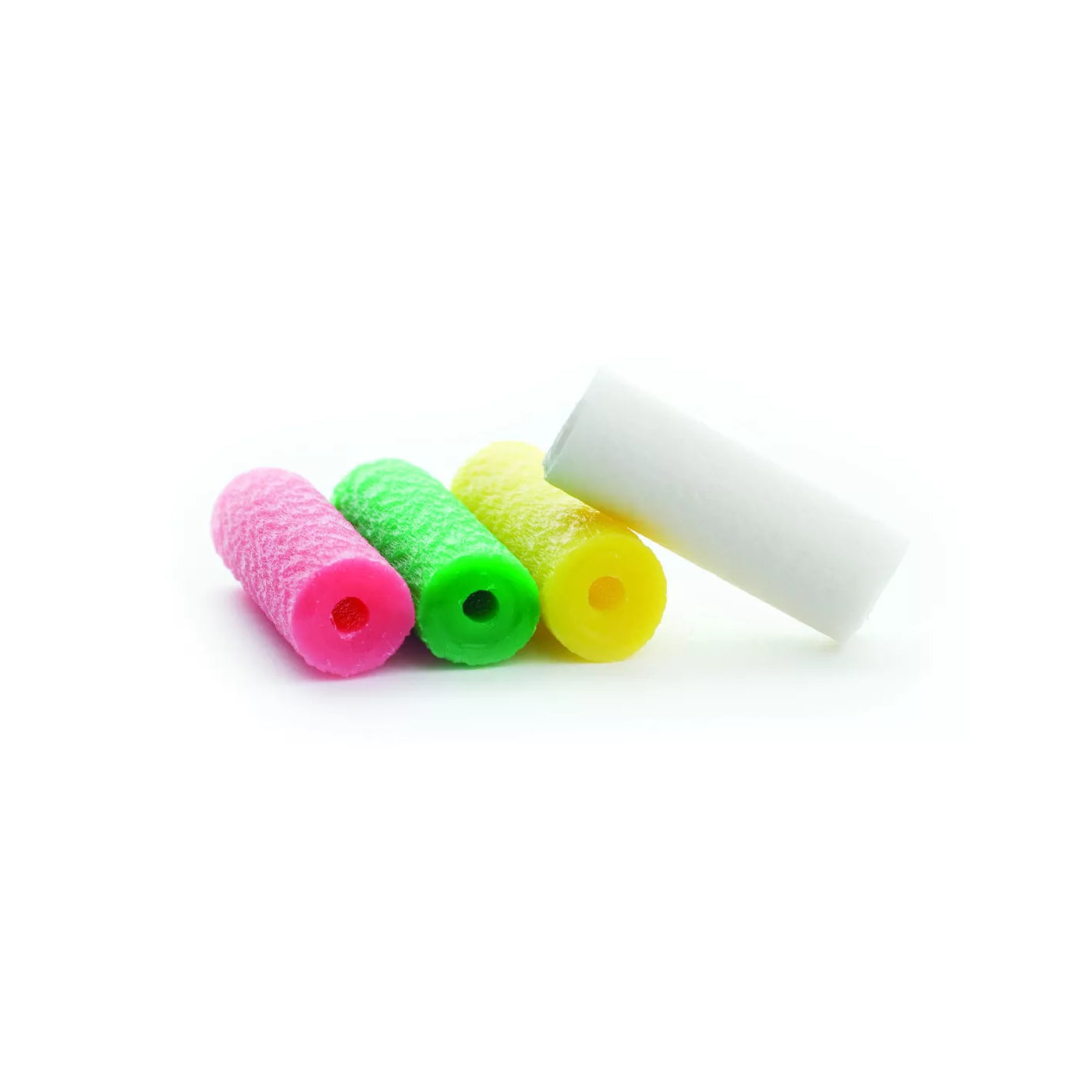
What can you do to keep your aligner treatment delivering on time?
One
Make sure that you wear your aligners for the prescribed time each day – usually around 22 hours.
Seat aligners correctly by using aligner Chewies – teeth have a greater chance of moving at pace with them as they help apply even pressure to seat aligners correctly, keeping your aligner treatment right on time.
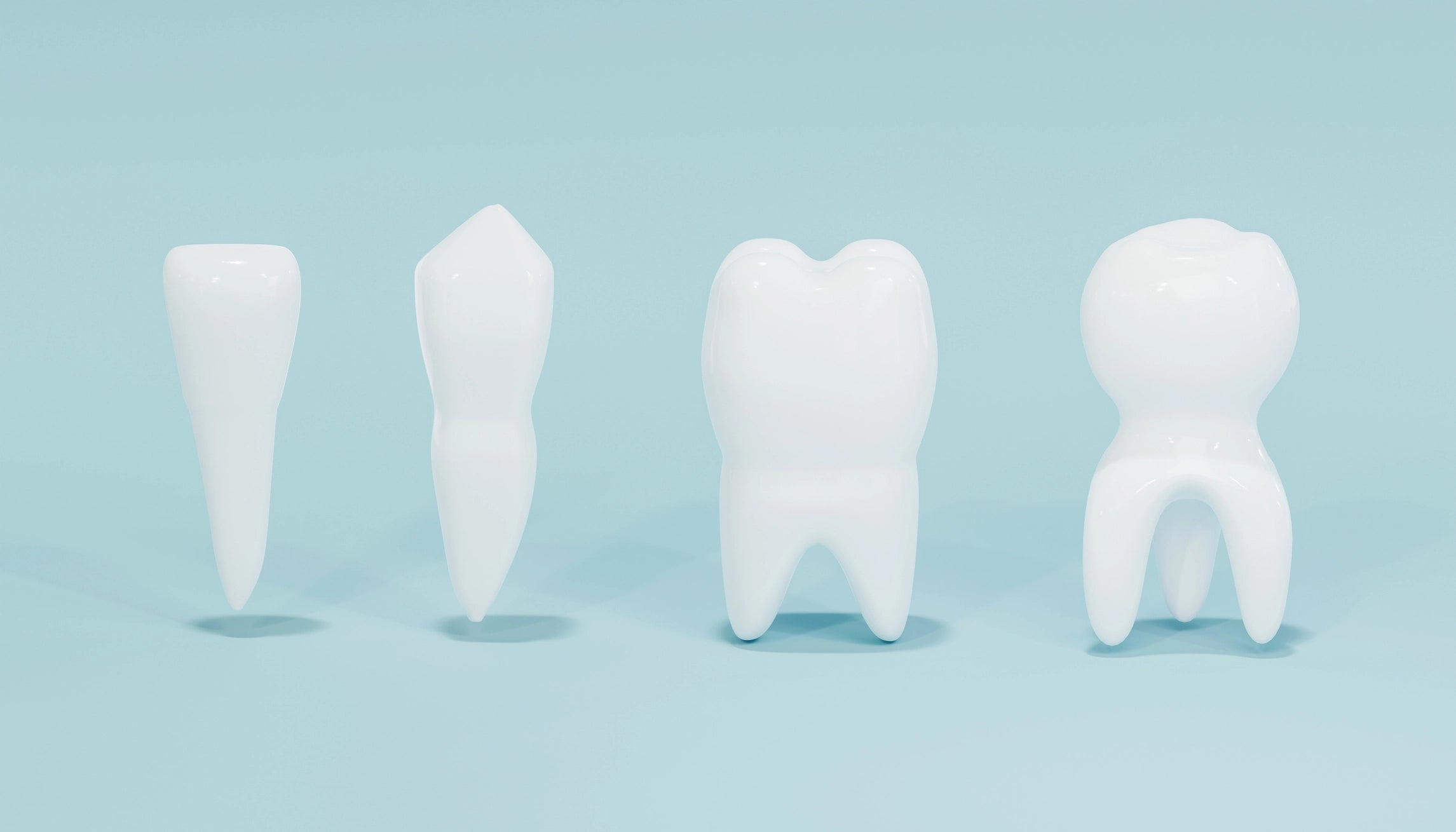
Tip it, rotate it, push it, move it!
Two
The movements your teeth need to perform to straighten affects the time your treatment takes.
Tipping a tooth forward or backwards happens faster than bodily movement when the whole tooth, root and crown are moved to a whole new position.
Rotation when the tooth is turned through a twisting movement or intrusion, when a tooth is pushed deeper into the bone, are generally slower.
Chances are that you’ll have a range of different movements that teeth need to undergo during your orthodontic treatment.
Speed bonus: Don’t forget, your biology knows what it’s doing
Your periodontal ligament buffers between your moving teeth and your jawbone; it’s why your teeth have a little wiggle room. Your orthodontist uses the aligner tray to place pressure and tension on the ligament, causing sterile inflammation which signals to bone remodelling chemicals. Osteoclasts help dissolve bone to make room for tooth movement and osteoblasts help to make new bone to help keep your straighter teeth in their new positions. The power of nature, right? Or should that be, the power of your orthodontist, right?
Pain pitstop: wearing temporary anchorage devices (TADs) with your aligners?
For the orthodontic kit that’s helping make extrusions (where your teeth are gently pulled a little prouder of the gum line) like TADs, try Orthodontic Wax to smooth those screws. Soften it between your fingers and mould it onto the bits that poke you. Ooh, now that’s much smoother!
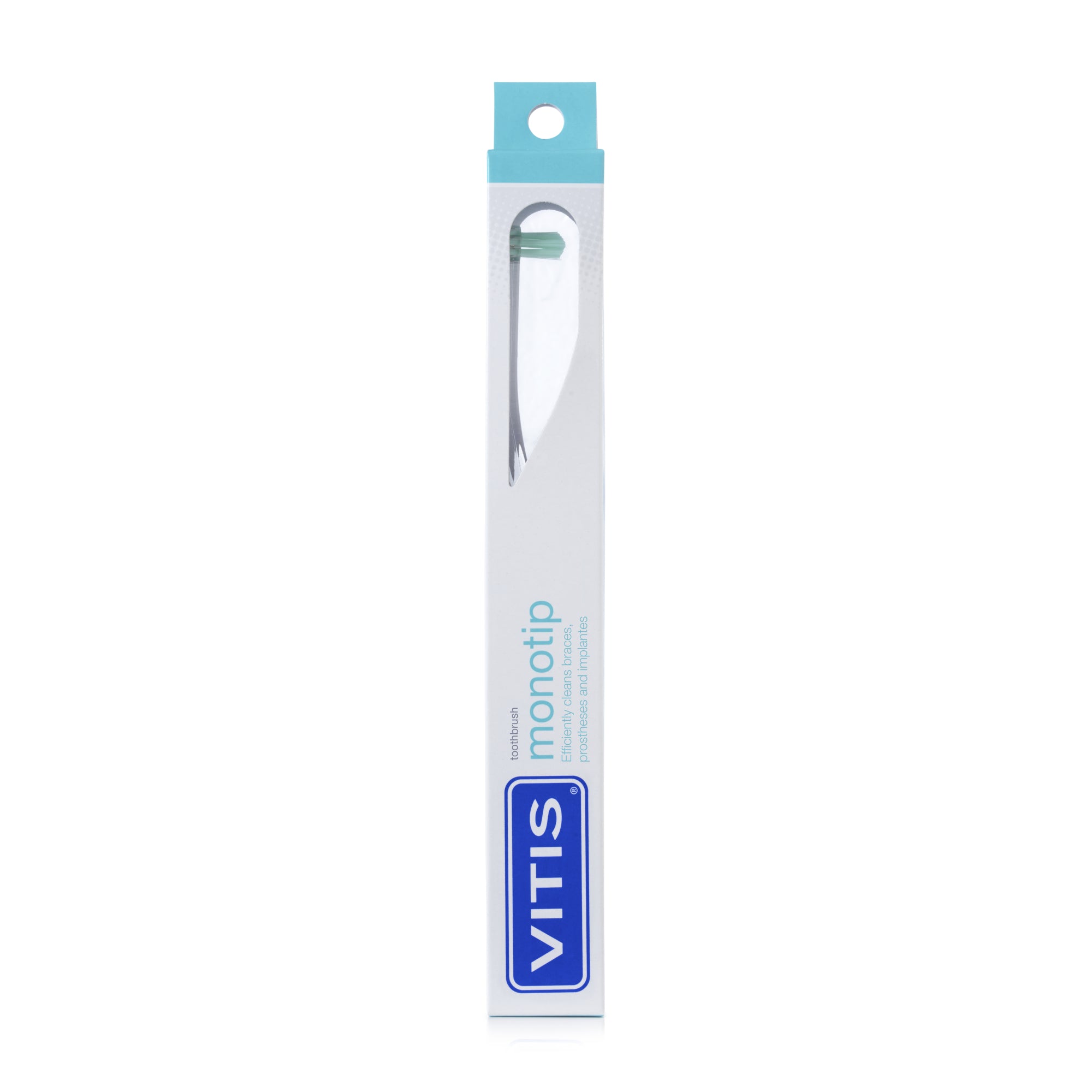
The root of the issue
Three
Root length & shape:
Canines are longer rooted, and molars have bulkier roots, so they tend to move slowly as your body must get busy with more jawbone remodelling. Clever body, right?
Incisors have shorter roots so can move quicker – which is good news if you’re concerned about how your front teeth look when you smile. Those incisors might just line up obediently without too much time passing. *switch phone to selfie mode
Root orientation:
You’re wearing aligners to help straighten your teeth for a reason. One of those reasons might be that some of your teeth are rotated in your jaw. These roots might need to move back or forwards and diagonally into a better position. This type of 3D repositioning could take longer for longer rooted teeth. It’s a very slow ballet movement! Luckily, your job is to keep brushing and let your moving teeth do their thing!
Bonus time: The t’root’h is, you’re in safe hands
Your orthodontist designed your aligner trays to show each tooth the way. The sterile inflammation created by your trays in your periodontal ligament is exactly what’s needed. However, inflammation in gums is not desirable. If your gums do flare up, calm them with a Monotip Brush which will help:
- Clean away plaque from the gum line, preventing further inflammation and so
- Avoids delays caused by disruption of the bone modelling process
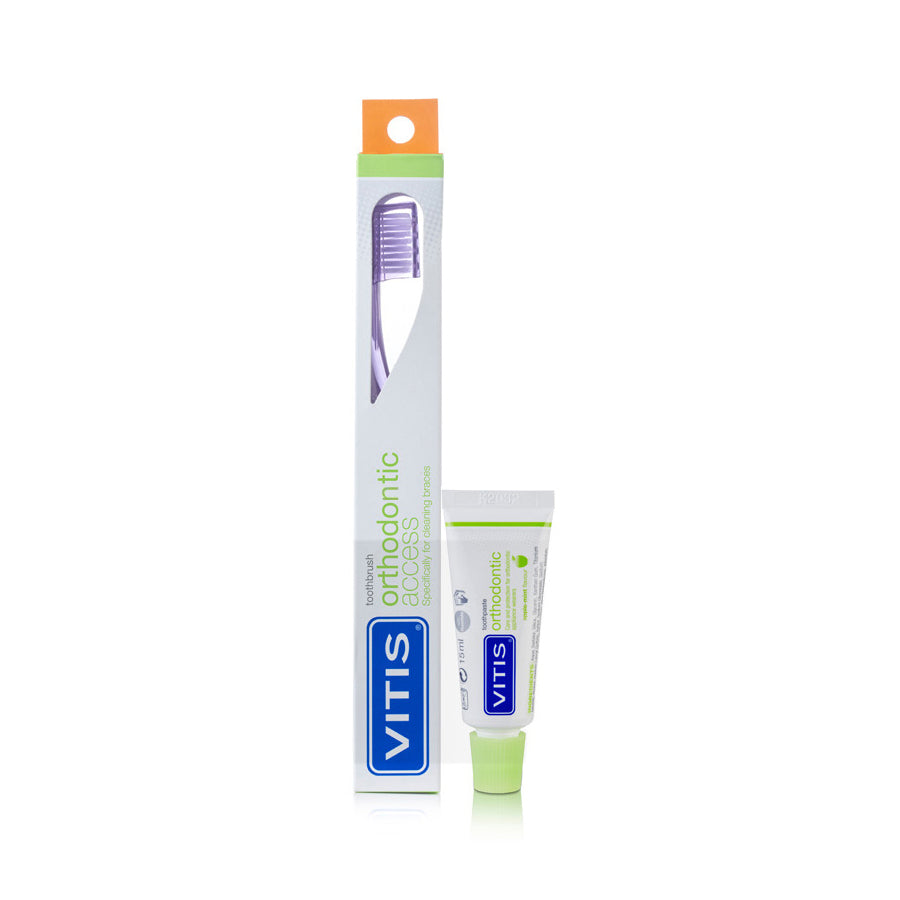
Your jawbone varies in thickness and density. Who knew?
Four
Thinner, spongier bone is great for speedy quick movement:
The bone your front teeth nestle in is thinner and spongier. It means they could respond faster to treatment. Our front teeth are often the ones that concern us in terms of how our mouth looks to others, so this is great news. Flash ‘em your best shaping up smile!
Caveat: Set your watch to orthodontics time!
Even speedy quick in orthodontics might still feel like snail’s pace, but you’re getting there!
Denser bone puts up resistance:
The corticol bone in your lower jaw, especially near molars, is meant to put up a fight against tooth movement. If moving your lower molars is proving a slow burn, that’s because your jaw is trying to do its job. This part of your jaw works hard to keep your teeth in place as its purpose is to resist tooth movement as you chew over a lifetime. We think it deserve a round of applause.
Bonus round: Your orthodontist is trained to tickle coriticol bone into submission!
Don’t worry, yes, the back of your lower jaw is made of tough stuff, but your orthodontist knows a gentle force, exerted over a longer time, will do the trick. You just need to resist checking your watch every five minutes! Get your Orthodontic Access Toothbrush around your molars to honour the heave-ho they’re undergoing!
Plus, it's designed to clean those plaque-trap attachments your teeth may be sporting! Think of it as plaque removal, sorted!
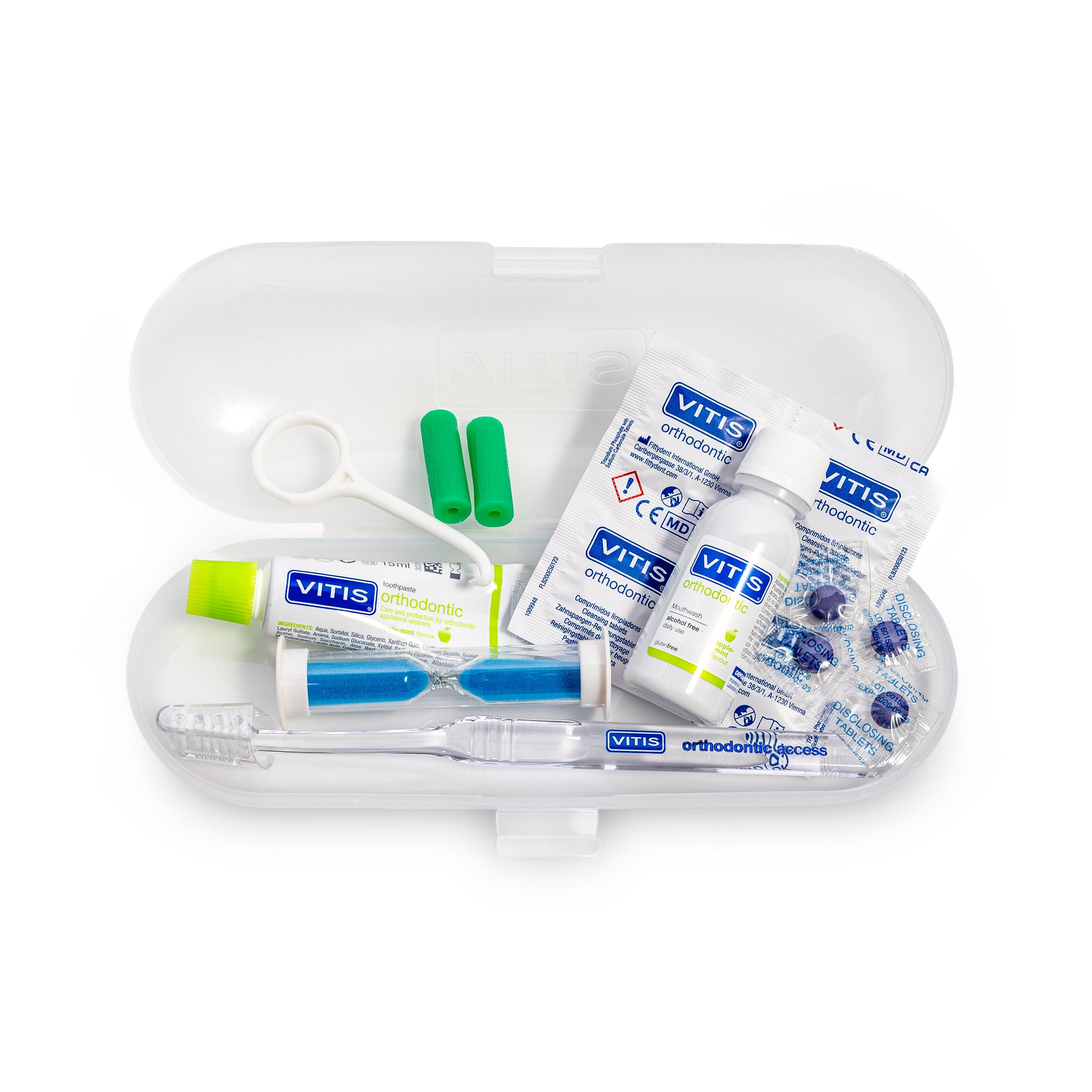
You take a holiday
Five
Following a long-haul flight, your toes are finally in the sea and you’ve a chilled drink in hand. What could possibly go wrong? And then you realise you’re due to change your aligner tray but it’s back in Blighty ... u-oh!
The trick here is to accept that life isn’t all about teeth moving. The rest times are as important as your dynamic movement times.
Bonus time: Your periodontal ligament has time to catch up!
A pause in orthodontic treatment can allow the periodontal ligament to recover and for surrounding bone and tissue to stabilize. This is often a planned part of treatment. You can find yourself in this situation planned holiday or no planned holiday. Often your orthodontist will build in time to allow the supporting structures to adapt to your recent tooth movement.
Take a weekender in style and travel with an Aligner Travel Kit. Your periodontal ligament can enjoy catching up in style while you enjoy your travels knowing you’re catered for with:
- VITIS Orthodontic Access Toothbrush to fit the details of your mouth
- VITIS Orthodontic Toothpaste Mini to wrap around teeth, working active ingredients into gaps
- VITIS Orthodontic Mouthwash Mini for the swoosh
- VITIS Effervescent Tablets so bacteria and stains can fizz off
- TePe Plaqsearch Tablets because plaque does not deserve a free holiday
- Aligner chewies for the perfect seat
- Two minute timer to help with brushing times in all time zones
- Retainer Retriever with finger loop for those times aligners prove a snug fit
Genetics, age, hormones and a little luck are all working the magic
Your mouth’s unique
Your treatment time isn’t just in the hands of your orthodontist. You, your genetics, your age and the amount of je ne sais quois the Tooth Fairy sprinkles on your appliance all play a role.
The surest way you can make sure your approximate treatment time is smashed, is by keeping your teeth and gums in tip top shape. If you’re subscribed to a Aligner Daily Care Kit, you’re optimised for keeping your treatment on track in terms of oral hygiene. Your three times a day routine is supported by unique specialist, medical grade formulations for clean teeth and gum health.
At Healthy Smile Pharmacy, we think you can’t say fairer than that for keeping on track!
Keep brushing.



